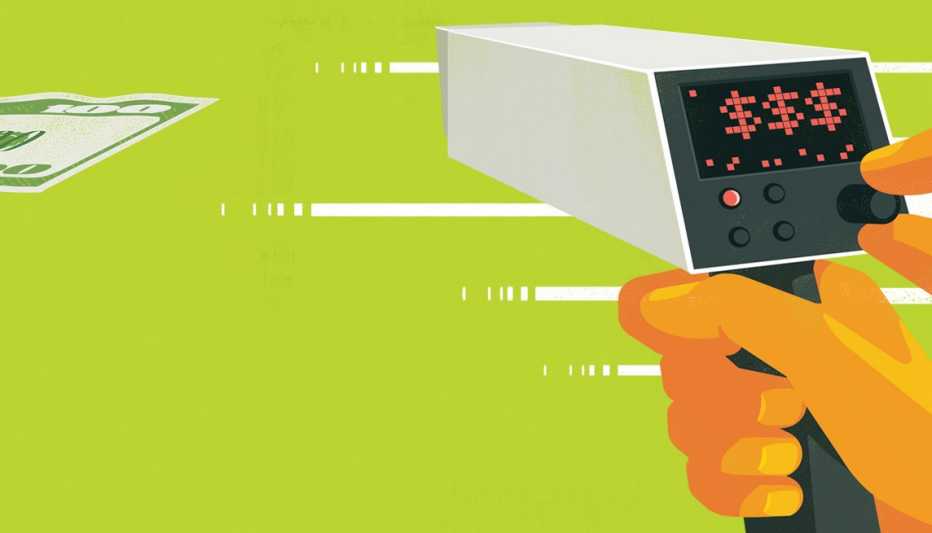Staying Fit


Constantly changing prices are nothing new when it comes to airline tickets, hotel rooms and ride-sharing services. But groceries? Yep, the prices of food and all kinds of other products and services are being adjusted up and down, sometimes on a daily basis — and not just because of inflation.
More and more retailers use automated computer programs that can rapidly change prices in response to competitor pricing, supply, demand and other market conditions. The practice is called dynamic pricing. Amazon and other online e-commerce companies have been at it for years. Since the adoption of electronic shelf tags and displays, it’s spread through the brick-and-mortar world too.


AARP Membership— $12 for your first year when you sign up for Automatic Renewal
Get instant access to members-only products and hundreds of discounts, a free second membership, and a subscription to AARP the Magazine.
Even restaurants, with the help of digital menus, are able to take advantage of the technology. That means the price of a dish on Tuesday could be different if you return on Saturday.
Slippery prices are great for retailers looking to keep up with market conditions and maximize profits, but they can be terrible for consumers. A 2021 paper from business school professor Alexander MacKay of Harvard and law professor Samuel Weinstein of Yeshiva University argues that major retailers’ rollout of sophisticated dynamic pricing programs forces competitors who can’t adjust as quickly to give up competing with low prices because they know it’s a lost cause.
The result, the authors say, is higher prices all around.



































































More From AARP
10 New Shopping Trends You Need To Know
Tips for navigating the new world of shopping
5 Items That Rise Quickly in Price
Inflation hits some items harder than others
Consumer Expert Shops Around for Savings
Get big rewards comparison shopping